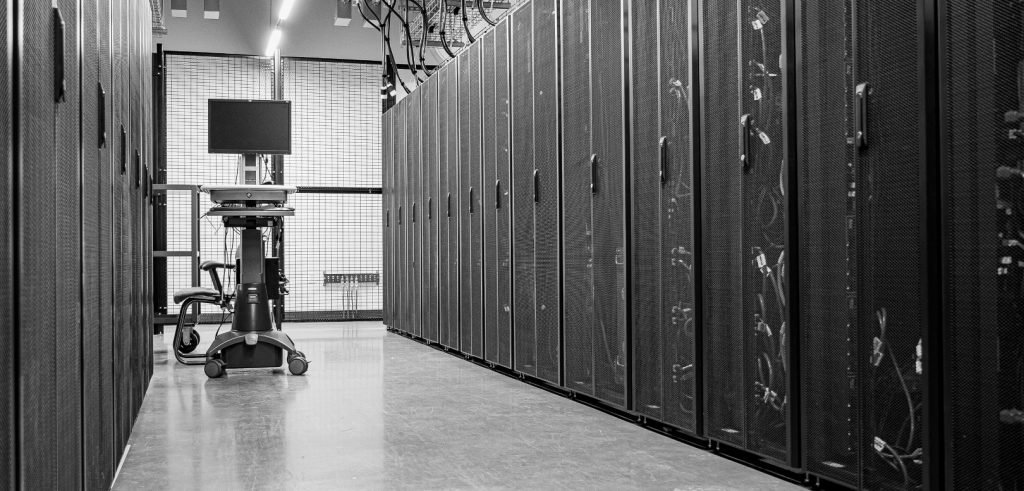Cyber risks are a reality for digital organizations, and controlling them is critical to their security. The first step in protecting your company from cyber attacks is generally a risk assessment. In most organizations, the IT security team or the CISO (Chief Information Security Officer) manages this process.
These specialists may encounter numerous obstacles while conducting a cyber-risk assessment, such as educating non-IT stakeholders on the necessity and operation of the cybersecurity program. Without fixing such a problem, the boardroom may be left with inadequate knowledge to make security decisions. To effectively convey the necessity for a quarterly cybersecurity review to the board, CISOs will need to sympathize with the company’s executives. They should be able to perceive a link between the strategy and the vision, and the program will almost certainly be approved by the key stakeholders.
A good CISO knows how to report cyber-risks to the C-suite and the board of directors in the most effective way. Because the majority of their audience will lack in-depth technical expertise, the CISO must explain difficult ideas in broad terms without diminishing the message’s value.

Cyber-risks are likely to be viewed by board members as costly threats to the company’s security. However, they may be unaware of their company’s cyber risk exposure and how a risk assessment will protect their operations from assaults. It is in the board’s best interests for CISOs to provide clear and thorough answers without overusing highly technical jargon.
The additional duty of CISOs is to properly evaluate the cyber risk and its implications for the company’s operations. To target businesses, cybercriminals and hackers can take advantage of a plethora of weaknesses. As a result, during risk assessments, CISOs cannot neglect any area of the business. If done right, the CEOs will almost certainly finance their cybersecurity initiatives.
To correctly estimate a company’s cyber risk, information security professionals must first identify the critical areas that are vulnerable to assaults. They can put some measures in place to mitigate these risks using this information. They’ll also have to compare their cybersecurity posture to that of other businesses in their field. This technique of assessment would be ideal for describing the acceptable degree of risk and the company’s security ‘rating.’
A precise risk assessment may help CISOs identify both the working and non-working aspects of their ongoing cybersecurity efforts. They may use this information to show stakeholders how risk is distributed throughout the various parts of the business.
These information security professionals will provide technology solutions to the major threats that their businesses face. They will also have to provide a strategy to the board for achieving their desired Cybersecurity grade or level of risk. The recommended strategy must be able to be broken down into smaller phases for ease of execution. Every little project should have a schedule, budget, and resources needed to complete it.
The board will most likely ask the CISO and the information security team for an executable version of the strategy. By the next quarterly cybersecurity assessment, these specialists will need to quantify the progress and outcomes of risk reduction and report them to the board. If the CISO and his team fail to report on the progress of the cybersecurity activities, the projects are likely to lose financing. As a result, cyber threats may become more prevalent. Any of the several technologies available on the market can help CISOs better their reports and presentations. Companies can benefit from more transparency and improved cybersecurity posture as a result of these changes.
Additionally, because they are better informed about the development of their projects, their security teams can expand more effectively and reduce their exposure to threats. In conclusion, conducting risk assessments is a task that CISOs must complete with maximum efficiency since it is critical to the organization’s security.
